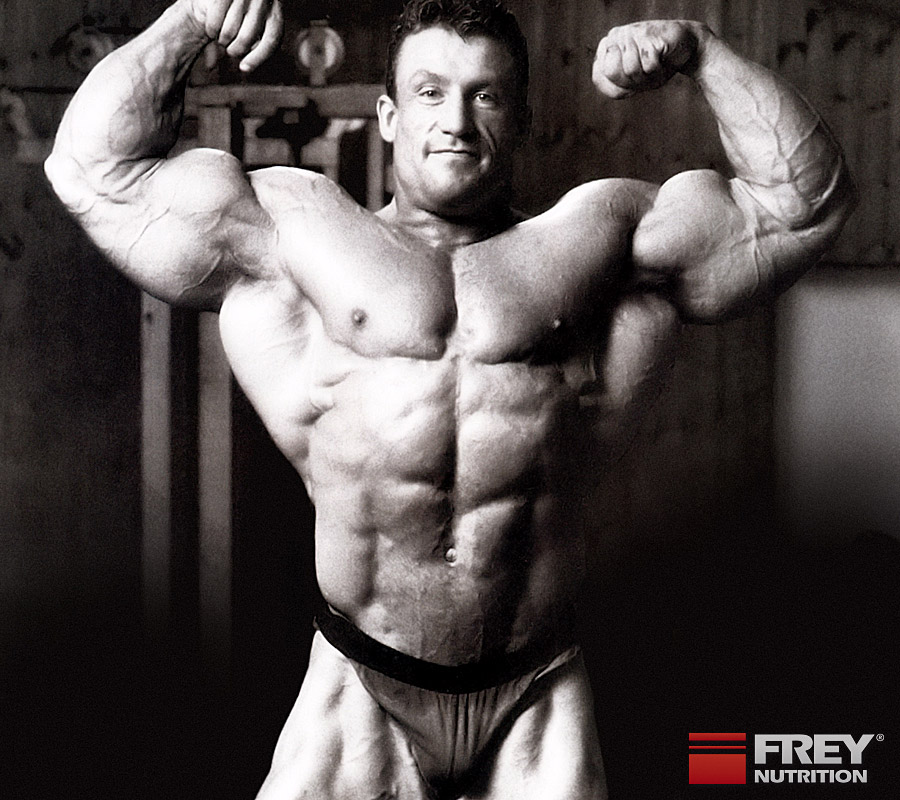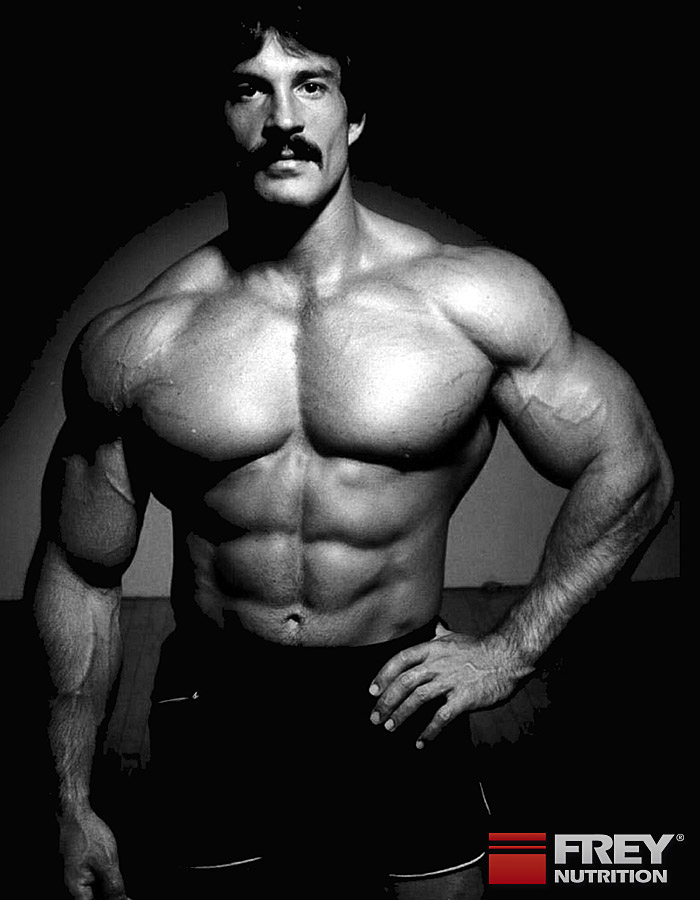THE DIFFERENT TRAINING GOALS
Training is the second basic component, alongside nutrition, that plays a decisive role in whether we achieve our goals or keep chasing them without success. In general, there are three goals that are influenced by both training and nutrition:
TRAINING GOALS:
- FITNESS TRAINING
- PERFORMANCE TRAINING
- HEALTH TRAINING
1. FITNESS TRAINING
The aim of fitness training is to change the body and its composition. On the one hand, there is the desire to build up muscle mass moderately, and on the other hand, to reduce body fat. The basis of fitness training is to achieve your personal dream figure and, as the main goal, to be satisfied with your own body.
The increase in performance is secondary and is not explicitly considered an objective, although it is often perceived as a positive side effect. Fitness training mainly involves 12 to 15 repetitions per set and moderate training weights.
2. PERFORMANCE TRAINING
The focus is on increasing performance, whether in the form of maximum strength or maximum muscle building. Performance training is about the optimal use of appropriate training principles and training fundamentals as well as intensity techniques in order to achieve a certain level of performance in sport.
For example, it could be running a marathon, lifting maximum weights as a powerlifter or taking part in a bodybuilding competition. The training principles, training principles and intensity techniques underlying performance training will be explained in detail in the coming parts, so there will be no restrictions on their practical use.
3. HEALTH TRAINING
Health training is about improving and maintaining physical health. People who pursue this goal are usually older or those who have been recommended to do strength training by their doctor due to illness-related complaints. Problems with body weight in the form of being overweight, joint or back problems can be reasons for health training. The use of extremely heavy weights is avoided and adapted training weights are used that take the respective body type into account. An example could be a full-body workout twice a week in a repetition range of 12 to 15 per set, followed by a 30-minute cardio workout.
All three goals have one thing in common: firstly, paying attention to the hormonal processes of our body and secondly, adhering to the basic principles of effective training. Without these basic principles, the desired goals will remain unachieved, which is why they are explained in more detail below.
TARGETED TRAINING FOR LONG-TERM SUCCESS
Without effective and targeted training, even the best diet is useless and doomed to failure. On the other hand, although a sound diet creates the basis for better performance, this will remain unsuccessful in the long term without the appropriate training.
"NUTRITION, TRAINING, REST, THE INNER ATTITUDE, DISCIPLINE, ENDURANCE AND GOOD GENETICS ARE THE FACTORS OF SUCCESS." (QUOTE: A. FREY)
In short: the best and most well-thought-out diet is only half as effective if the right training is not followed and vice versa. Both areas influence each other and should be given equal attention. The information presented here, in addition to the nutritional tips already explained in the nutrition section, is intended to serve as a basis for effective training implementation in practice.
Nutrition, training, recovery, attitude, discipline and perseverance, coupled with good genetics, are the main factors for success. The first six can be influenced, but not genetics. Of all the factors, however, nutrition and training offer the greatest scope for optimization, with the aim of improving the body and performance. After the numerous pieces of information on nutrition, we would also like to provide useful knowledge for training. To begin with, the basics of training are explained, followed by the anatomy of the muscles, training methods and techniques, aerobic training, and Andreas Frey's training plan.
TALES, MYTHS AND THEIR ORIGIN
If you study today's sports magazines and read the training programs presented by professionals, you often get the impression that there is no universally valid training practice or training method.
One recommends volume training with 20 sets per muscle, the other swears by the high-intensity heavy-duty system, which was also used by Dorian Yates (six-time Olympic champion). The reason for carrying out different training practices is said to reflect the different genetic predisposition of each individual. The number of muscle fibers, the composition of muscle fibers, the structure of the contractile proteins and the recovery and thus the load-bearing capacity of the muscle are genetically determined from birth, but there is hardly a targeted training program that can directly influence genetics.
The numerous different training programs and the latest groundbreaking training principles are often followed by beginners who still do not have enough patience. As with diets, many training methods are not carried out long enough to be successful in practice. The uninformed reader believes the numerous training systems in the print media, which are supposed to lead to huge mountains of muscle, ideally while losing fat at the same time, and ultimately ends his current training program without success in order to continue with the new, supposedly better one. The game could go on forever, but the result is always the same: the so-called "world champions of training methods" reach a point where every form of training seems to be unsuccessful and ineffective, because none of them has been followed long enough to have any success.
On the other hand, athletes with naturally blessed genetics are able to achieve success even with the most nonsensical and inefficient training programs.
Arnold Schwarzenegger is a good example in this context. Thanks to his outstanding genetics, he was able to build massive and defined muscles despite volume training and two training sessions a day, which only allow little time for recovery. Today, however, we know that most athletes respond to muscle growth more quickly and efficiently to intensive and short strength training followed by sufficient recovery than to hours of training that you literally struggle through. This fact has also been proven several times by scientifically based studies. Despite his poor training method, Arnold's genetics helped him to have a muscular body and to win 7 Mr. Olympia titles. To put it another way: if Arnold had trained back then with the training principles that are recognized as sensible today, he would have achieved significantly more muscle mass and definition than he was able to with outdated principles.
Effective training should therefore take into account the basic biological processes of the human body and stimulate the muscles as such through appropriate measures in a targeted manner and for as long as possible. The shorter, the better. In Chapter 6, such a training principle is presented, which FIT calls. FIT stands for FREE INTENSITY TRAINING and combines valuable training principles with a holistic training and cardio program. With FIT according to A. Frey, you can build muscle effectively in a build-up phase and also burn fat optimally during a diet. If you train according to FIT, you only need a little patience to achieve success in terms of muscle growth or fat loss. Therefore, not only the right training is the basis for success, but also patience and endurance. Frey Intensity Training can be temporarily replaced by other training programs, for example to provide variety and encourage the muscle to grow again through new stimuli, but alternative programs cannot replace FIT because they do not take the all-encompassing biochemical principles into account.
AT THE LATEST WITH THE HIT SYSTEM ACCORDING TO MIKE MENTZER, THE EXISTING TRAINING METHODS WERE REPLACED BY A SHORT, INTENSIVE AND REVOLUTIONARY TRAINING FORM.
There are many roads to Rome, as they say. But only one is the shortest and most effective: intensive, short, heavy and explosive strength training! So why choose the long route when the short one is also an option? There are actually still some "incorrigible" bodybuilders who follow the volume method with its countless sets, sometimes up to over 20 per muscle group. This is mainly to ease their conscience by means of a training session that is as long and extensive as possible, according to the motto: "More is more, even more is even more!"
However, this is a fallacy, as not only regular, intensive training is important for muscle growth, but above all sufficient recovery. Training sessions that are too long and too frequent significantly impair the ability to recover, which is why these athletes are unable to build muscle to its full potential. Such "training orgies" lasting up to 3 hours cause the body to release more cortisol to protect the organism from the intense strain. Cortisol is considered a highly catabolic hormone in the body and burns muscle mass by using it as energy. If strength training is carried out for too long with the aim of building muscle, the opposite is usually achieved: muscle growth stops, stagnation occurs and, not infrequently, overtraining occurs, which is accompanied by the breakdown of muscle substance. At the latest after the introduction of the H IGH I NTENSITY TRAINING (short HIT In the training program (also known as "The Ultimate Training Program") by Mike Mentzer, the existing training methods were replaced by a short, intensive and revolutionary form of training.
WHAT'S NEXT!
We hope that this introduction has aroused your interest in the following articles. These contain basic information about the structure and classification of muscles, as well as basic training principles such as KISS PRINCIPLE AND FREY INTENSITY TRAINING . Furthermore, the AEROBIC TRAINING for maximum fat loss is clearly explained and decades of prevailing myths are cleared up.
"THE BEST NUTRITION IS ONLY AS GOOD AS THE TRAINING IT IS BASED ON ALLOWS." (QUOTE: A. FREY)
With this in mind, we hope you enjoy reading and have lots of success in putting the following recommendations into practice. And always remember: The best diet is only as good as the training it is based on. In other words, intensive training will be twice as effective if the foundation is laid by a sensible diet. Both areas influence each other, whether in a positive or negative way is entirely up to you and in your hands!
With sporting greetingsyour FREY Nutrition® Team and















